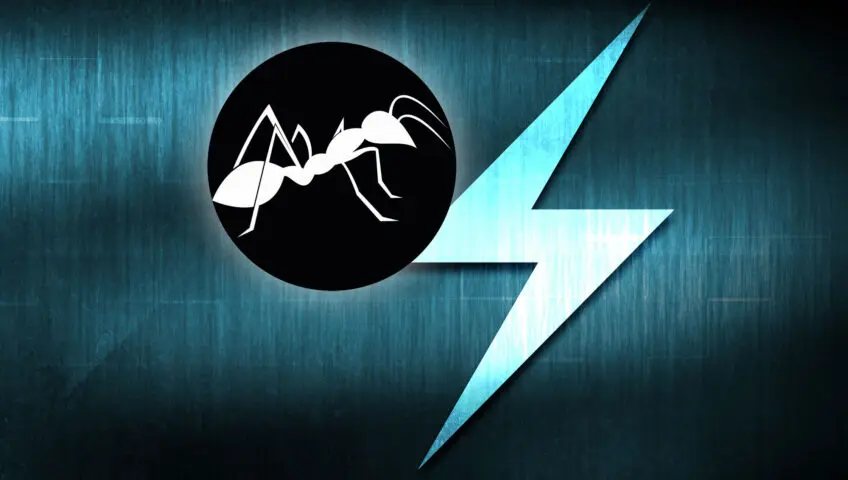The tawny crazy ant is an invasive species that has called Florida home since the 1990s. Dubbed “crazy” because of their erratic movements, these insects cause electrical devices to malfunction by swarming inside.
The insect came to the United States from South America. Native to Brazil, it was introduced to Colombia in 1930s and 1940s to help control leaf-cutter ants and poisonous snakes. From there, it spread to various parts of the continent before making their way to North America.
Since their arrival, tawny crazy ants have been a source of trouble. For example, NASA has experienced issues with the ants shorting out equipment. They also create widespread damage to ecosystems because of their prolific numbers. Instead of stings, these ants emit a chemical injurious to other insects and even larger animals.
On top of all this, the tawny crazy ant doesn’t respond to traditional baits, making it difficult to control.
However, there is a natural hazard the ant faces, one that offers researchers some hope. It’s a parasitic fungus so dangerous to colonies that it can collapse them entirely. This happens after one of the ants ingests the fungal spores, which replicate inside and lead to the excretion of many more spores. The other ants ingest these spores and it becomes an exponential process. Time will tell how effectively this controls them in the long run.
In the meantime, if you have an ant problem of any kind, Slug-A-Bug is only a phone call away. Call (321) 259-7844 for a free, no-obligation assessment.
For more information:
https://edis.ifas.ufl.edu/publication/IN1076
https://www.texasinvasives.org/pest_database/detail.php?symbol=13
https://www.orlandosentinel.com/news/lake/os-lk-sherry-boas-08242015-20150824-column.html
